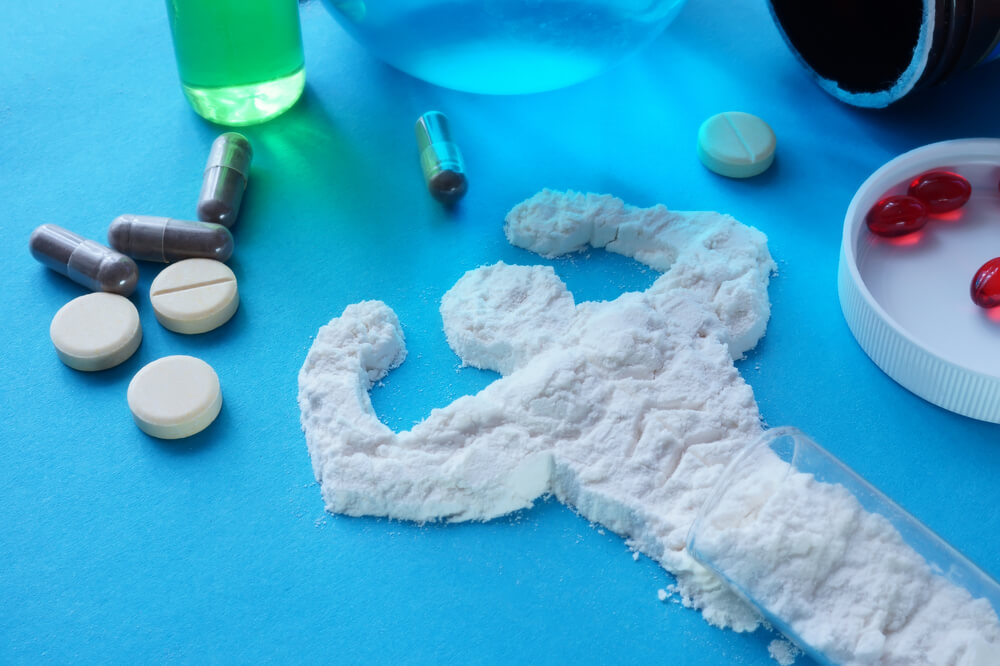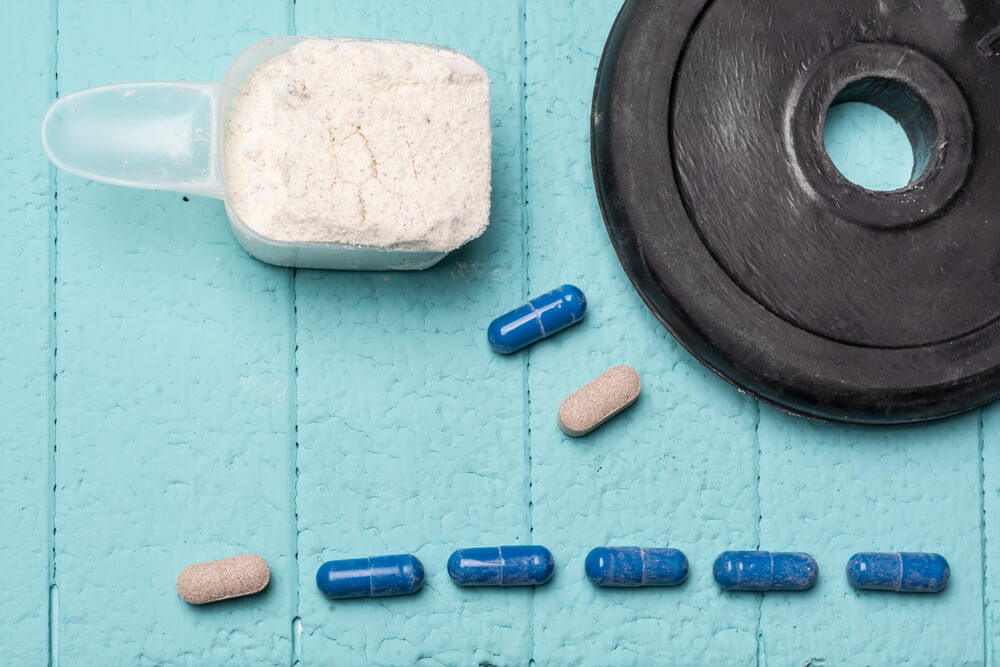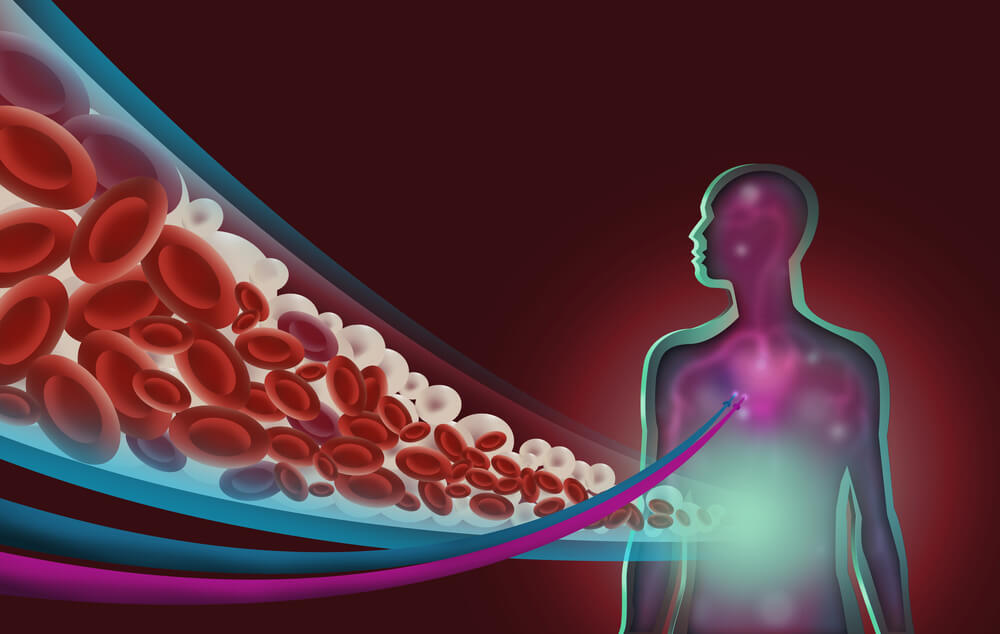
Creatine is a staple for many looking to build muscle. For others, it’s a product that leaves them asking questions. How does it work? How to take creatine?
We help you answer those questions and more.
When looking in your local fitness supplements store, some names can overwhelm you and have you thinking back to your high school biology class. An example of this is creatine.
Creatine is one of the most recognized and popular weightlifting supplements on the market. Its popularity is for good reason.The best creatine is considered one of the safest and more effective supplements. However, though people are using it, many do not understand what it is doing for them. That’s where we come in.
What Is It creatine?
Creatine, from a biological standpoint, is an organic acid, which is produced by the body. Its purpose is to provide the body with adenosine triphosphate (ATP). ATP helps give the body short-term energy and strength boosts.
The way this process happens is creatine stores phosphocreatine. This phosphocreatine then produces ATP. When the body is under stress, like during exercise, this ATP is released giving the body extra energy.
Though this may seem simple enough, this is creatine at its most basic form. There are many types of creatine, like kre alkalyn creatine. Each offer different benefits and drawbacks.
Best Creatine & Most Popular Types Of Creatine
Creatine Monohydrate
Creatine monohydrate is the most commonly sold and used form of creatine. This is the original type of creatine and has some perceived drawbacks. For instance, some people experience bloating and other minor side effects.
Creatine HCI
This form of creatine is said to remove some of the side effects caused by creatine monohydrate. However, there is no research that states that this is true. What is proven is that creatine HCI is more water soluble and requires lower doses than monohydrate.
Micronized Creatine
Micronized creatine is essentially the same product as creatine monohydrate. However, it is made into a finer powder. This is said to increase water solubility and improve absorption into the body.
Creatine Ethyl Ester
This form of creatine is infused with ester to improve absorption. Though it has not been studied extensively, most do not see improved performance compared to monohydrate.
Buffered Creatine
Buffered creatine is creatine enhanced with magnesium. This magnesium is intended to allow for quicker absorption. Also, it claims to eliminate the creatine byproduct creatinine.
Creatine can also come in different forms. For example, there is liquid creatine, powdered creatine, and creatine in pill form. Though much of this is based on preference, the three different options also come with their own perks or drawbacks.
Liquid creatine is typically better tasting but often is not believed to be as effective. Powdered creatine is the most popular and is easily soluble in any drink. Pill-form creatine is often slow releasing, which is ideal for some people.
Why Is Creatine So Popular?
Creatine’s popularity comes about because it is seen as one of the most effective supplements on the market. Countless studies have been done proving that creatine use boosts short-term strength and energy, reduces fatigue and increases muscle mass. Simply put, it will help you work out harder for longer while increasing the effectiveness of the workout and it’s one of the best muscle building supplements.
Creatine is also regarded as one of the safest supplements you will find. Though there have been studies attempting to show potential hazards of taking it, almost every study points to relatively no risk linked with the product. Creatine is considered the most studied workout supplement and to date there have been no credible findings that suggest it is unsafe.
Another reason for creatine’s popularity is its believed effect on the human brain. When taking creatine the brain also benefits.
Why?
Cells like neurons need lots of energy. When these brain cells are given the extra energy from the increased creatine, it allows the brain to work better. This means increased brainpower and even a better memory.
Creatine is also typically cheap. In an industry where good products often cost quite a bit, creatine is cheap and effective. Because of this, many newbie weightlifters flock to this product right away.
However, unlike other cheap supplement products, creatine works. It gets results and it does so quite quickly. When it comes to getting bigger, cheap and effective (people’s favorite words), creatine generally delivers.

How To Take Creatine
One of the most important things to consider is how creatine is used. If used incorrectly, creatine’s effects can be severely reduced or nonexistent.
This Is All About The Loading Phase
The load phase is when creatine is taken in a high capacity for a short time. The load period typically lasts between one to two weeks. For peak effectiveness, it is recommended to take around 20 to 25 grams each day for the first five days to a week. This 20 to 25-gram serving should be divided throughout the day in smaller portions. Why? This will allow the creatine to completely enrich your body and muscles.
Some people choose stacking supplements slowly. They do this with the hopes that they will limit the bloating due to increased water levels in the body. If choosing to load more slowly, the user should take about 10 to 12 grams of creatine divided over the course of each day over a 10 to 14 day period. Though this load period will slow initial effectiveness, the body will still see more rapid benefits.
In spite of the fact that the load period is generally suggested for increased effectiveness, some people choose to avoid this phase.
Why?
The reason for this is because when taking creatine, the body has a tendency to hold on to a higher level of water. Some claim that this increased water level can cause bloating. With that said, some research states that creatine does not cause physical bloating. The water is held on to at a cellular level and should not have a bloating effect.
Though effectiveness will be limited, there is nothing wrong with skipping the loading phase.
This Is All About The Maintenance Phase
The maintenance phase should be done right after the loading phase. This phase should last for about a month. During this phase, the level of creatine taken each day should be lowered. You want to drop it down to three to five grams per day.
During this stage, your muscles will already be saturated with creatine from the load phase. Of course, that’s if you went through with a load phase. Maintenance will help the muscles replenish any creatine they lost throughout a day or workout.
Studies suggest that once the muscles are saturated from the load period, they can only handle so much extra creatine. This means that if you continue to take it in high doses, your muscles will not retain the extra amount and it will go to waste. You don’t want that.
This Is All About The Washout Phase
The washout phase is the process of removing the consumption of creatine for a period of time. This phase allows your body to rid itself of the excess creatine. It will also allow your body to return to its normal levels. This washout is important.
Why?
Extended periods of creatine use without a washout can cause reduced results and potential health risks.
The washout phase should last about four weeks. This four-week period is the time it takes for your body to return to normal levels. After this four-week washout period, begin the whole process over with the loading phase followed by the maintenance phase.
Many new studies claim that the washout phase is pointless. The studies suggest there are no benefits that come with this phase and that it can be removed from practice. Many even take it a step further to claim that cycling on and off creatine can limit its effectiveness. Creatine is typically most effective when muscles are saturated. Cycling on and off creatine limits the time for muscles to become saturated and limits how successful it can be.

When Is The Best Time To Take Creatine?
This question is one that many ask. Some people believe it should be taken before a workout. Others swear that taking it after a workout will boost its effectiveness.
During the loading phase, it should be taken in about four equal doses throughout the day. With that said, during maintenance, when the doses are smaller, it is more difficult to decide. Studies suggest that even when doses are smaller, it should be taken equally before and after the workout.
Why?
This will allow your muscles to be fully saturated while ensuring that any creatine burned off during the workout is restored.
Who Should Take Creatine?
Creatine is a favorite supplement for a lot of athletes. Because of its ability to increase performance and energy, while reducing fatigue, it is useful for just about any active person. It is especially useful for those who play sports that require short, repetitive, high power movements. This would include weightlifting, baseball, golf or football. These athletes can enjoy extra strength and energy to give them extra boosts in performance.
Creatine can also benefit other athletes who compete in endurance related sports. For instance, it could help a marathon runner reduce fatigue and speed up recovery time. Anyone who has ever ran long distance knows how disheartening it can be to be feeling fatigue early. Creatine can limit that and greatly boost performance.
Though creatine is typically seen as a weightlifting supplement, studies suggest more than just weightlifters and athletes can benefit. Based on dozens of clinical studies, creatine is said to have a direct connection to brainpower. This means it could help improve brain function of non-athletes. Other studies suggest that creatine consumption, or higher levels of creatine, has a negative link to depression. With that said, around the world people with depression are being given creatine to combat this depression.
The elderly are also among those who should consider using creatine.
Why?
In the elderly, it can improve brain function and promote bone and muscle health.

Here Are Some Myths About Creatine
“Creatine damages your liver and kidneys.”
This myth came about because creatine creates a byproduct called creatinine. Doctors, when looking at the overall health of the kidneys, examine creatinine levels. Typically, when levels of creatinine are high, there is an underlying problem.
“Creatine doesn’t make your muscles bigger. It just makes you gain water weight.”
Within the first couple weeks of taking creatine, this statement would be true. During the loading phase, the body holds on to extra water. With that said, after the initial stages, creatine does significantly increase muscle fiber size and muscle density.
“Creatine causes dehydration.”
This is a myth that came about a long time ago. Many shy away from the product out of fear that it will deplete their body of water. However, this could not be further from the truth. Creatine actually causes your body to hold on to more water.
“Creatine gives you stomach aches.”
This myth comes with a small caveat. Though some people report stomach problems while taking creatine, most of this is due to improper use. Taking too much creatine at a time, or not maintaining a proper diet, can lead to stomach pains linked with the creatine. However, if you follow the directions, this should not be a problem.
Conclusion
For maximum effectiveness, creatine should be taken with juice.
Why?
The reason behind this is that creatine is most effectively absorbed when the body experiences a spike in insulin. The juice provides the sugar and carbs needed for your body to effectively absorb the creatine.
Though creatine is a relatively safe product, to ensure safety always follow the directions on the package. If there are any major side effects stop taking the product and be sure to talk with your doctor.
By Mike Hersey
Latest posts by Terry M (see all)
- Garage Gyms - Aug 1, 2018
- Kettlebells – Why They Should Be Added To Your Routine. - Jul 24, 2018
- Weight Belts: What Are They Really For? - May 31, 2018











[…] If you are over 200 pounds you’ll want to double the serving size (10 grams of BCAAs and 5 grams of creatine). […]
[…] Creatine is something your body naturally produces. It is one of the best supplements for womenwho are tryng to gain muscle. […]
[…] in the early 2000s if you uttered the word “creatine” people simply connected the supplement with a […]
[…] in the early 2000s if you uttered the word “creatine” people simply connected the supplement with a […]
[…] to avoid flashy creatine drinks containing massive ingredient constellations, if possible. Creatine is creatine, and amino acids are amino acids. Reduce extra ingredients as much as possible, because […]
[…] of essential pre-workout supplement ingredients includes amino acids, vitamins, carbohydrates, and creatine. All of these nutrients can help increase your energy level, improve recovery time, and help you […]
[…] of essential pre-workout supplement ingredients includes amino acids, vitamins, carbohydrates, and creatine. All of these nutrients can help increase your energy level, improve recovery time, and help you […]
[…] This is what you need if you’re trying to get the most out of some heavy lifting. Creatine is going to help you boost your mental and physical energy. Bodybuilders and sprinters love this […]
[…] This is what you need if you’re trying to get the most out of some heavy lifting. Creatine is going to help you boost your mental and physical energy. Bodybuilders and sprinters love this […]
[…] This is what you need if you’re trying to get the most out of some heavy lifting. Creatine is going to help you boost your mental and physical energy. Bodybuilders and sprinters love this […]
[…] This is what you need if you’re trying to get the most out of some heavy lifting. Creatine is going to help you boost your mental and physical energy. Bodybuilders and sprinters love this […]
[…] This is what you need if you’re trying to get the most out of some heavy lifting. Creatine is going to help you boost your mental and physical energy. Bodybuilders and sprinters love this […]
[…] This is what you need if you’re trying to get the most out of some heavy lifting. Creatine is going to help you boost your mental and physical energy. Bodybuilders and sprinters love this […]
[…] you’re putting in work at the gym you already know the benefits of creatine. It’s something your body produces naturally but just not to the extent you need to perform while […]